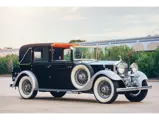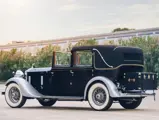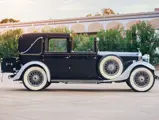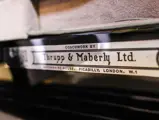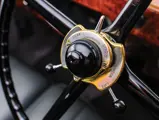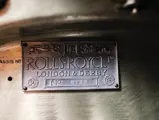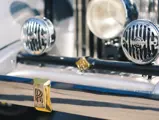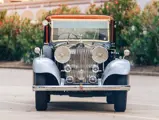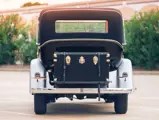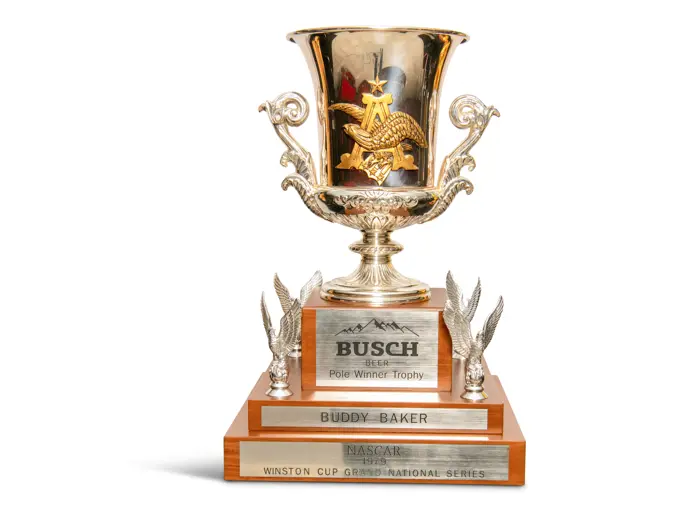Hershey 2013
1933 Rolls-Royce 20/25 Enclosed Limousine Sedanca by Thrupp & Maberly
{{lr.item.text}}
$159,500 USD | Sold
 | Hershey, Pennsylvania
| Hershey, Pennsylvania
{{internetCurrentBid}}
{{internetTimeLeft}}

- Offered from the Estate of John O’Quinn
- A rare chauffeur-driven “small Rolls-Royce”
- Coachwork by one of England’s finest shops
- Photo-documented restoration
Est. 100 bhp, 3,680 cc OHV inline six-cylinder engine, four-speed manual transmission, front and rear semi-elliptic leaf springs, live rear axle, and power-assisted mechanical four-wheel drum brakes. Wheelbase: 129 in.
In keeping with the Rolls-Royce tradition of a two-model policy, the 20/25 was engineered to be the smaller sibling to Rolls-Royce’s larger Phantom II. Like all Rolls models, the 20/25 was a careful, strategic evolution of the previous 20-horsepower model.
Thanks to the increased engine output, coachbuilders such as Vanden Plas, Freestone and Webb, Park Ward, Brewster, Gurney Nutting, Coachcraft, and Thrupp & Maberly could offer more lavish coachwork without the hazard of reducing satisfactory performance. Almost 4,000 20/25 chassis were manufactured and sold between 1929 and 1936, making it one of Rolls-Royce’s best-selling contemporary models.
With many 20/25 chassis equipped to be driven by their owner, an increasingly common practice in the early 1930s, this chassis’ formal coachwork is rather unusual. It is an open-drive enclosed limousine sedanca that was bodied by Thrupp & Maberly, the prestigious London coachbuilders to royalty, which could trace its roots back to 1760.
Rolls-Royce Foundation documentation, which accompanies the car, records chassis GTZ7 as having been originally delivered through Howard Godfrey & Company Ltd., of Piccadilly, to Mrs. Jane Hanchet-Glover, of Moscow Mansions, on Cromwell Road in London. The order sheet records that this car was for use in Great Britain and that Mrs. Hanchet-Glover “is elderly and does not use the car for fast touring, but wants springs and shock absorbers adjusted to be really comfortable for general use.” Seating was provided for up to seven passengers, although it is noted that only two were usually carried, presumably the lady owner and her husband.
The car has been a resident in the United States since at least the early 1970s, and it has enjoyed several enthusiast owners in Florida prior to Mr. O’Quinn’s acquisition. It underwent a photo-documented, frame-up restoration over a two-year period, and during this time it was refinished in the present elegant livery of black with silver fenders and a black canvas roof covering. Typical of a chauffeur-driven Rolls of its era, the interior is rather beautifully appointed, with grey leather to the driver’s seat, narrow-striped broadcloth over the rear passenger seat, and lavish woodwork throughout. While Mrs. Hanchet-Glover may never have intended to tour in the car, the new owner will certainly have that option, thanks to the folding luggage rack and trunk provided at the rear.
With well-proportioned coachwork on an eminently usable chassis, this Rolls-Royce would make an ideal classic tour car, one that remains “really comfortable for general use.”

